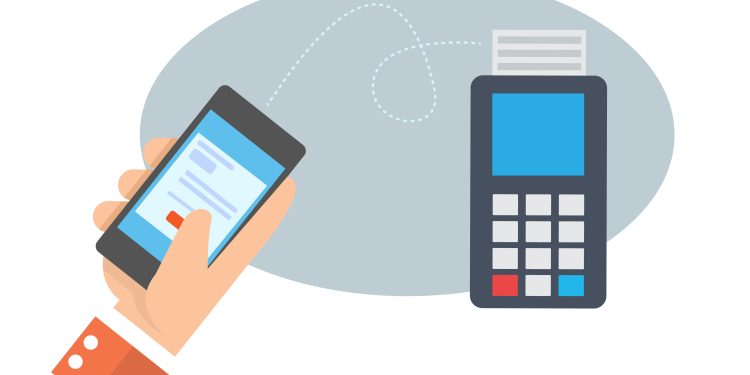Person-to-person (P2P) payments are a way to send or receive money from another person without going through a bank or other financial institution. Person-to-person payments are becoming more and more common. Whether you’re paying a contractor for work done or sending money to a friend, there are many options available for sending and receiving payments. While person-to-person payments are convenient, they also come with some risks. With any payment transaction, there is always the potential for fraud. Where does Zelle fit in?
Zelle Celebrates 5-year Anniversary
Last week, Early Warning Services celebrated the 5-year anniversary of P2P app Zelle. An article in The Financial Brand noted some of the statistics achieved over this timeframe:
- Zelle app is offered by 1,750 banks and credit unions, with a reach of 80% of US checking accounts
- It has processed over five billion transactions and nearly $1.5 trillion since its launch in late 2017
- The average Zelle transaction comes in at about $275.
Zelle has achieved some of its recent growth through business transactions, both as business-to-consumer disbursements and as consumers use the app to pay small businesses. While business activity is ramping up, CEO Al Ko does not see Zelle as a point-of-sale solution that would challenge traditional card payments:
At this point Ko sees Zelle as consuming more and more of the portion of payments that once relied on cash and checks, offering greater speed over the latter and the immediacy of the former. He likes to call Zelle “digital cash.”
However, he doesn’t see Zelle moving into ecommerce in a way that would supplant credit cards. A major use case for digital wallets is ecommerce as well, so he sees any role for Zelle in that space as something down the road. Even if the company developed a role there, “I would expect card-based payments to rule the roost.”
Addressing P2P Fraud
Zelle and other P2P services have been in the news lately for the attention is has received from legislators and class action lawsuits against financial institutions offering Zelle regarding the product’s safety. Financial institutions have been sending notices to its customers about how to avoid becoming a victim of P2P fraud. The CFPB is reportedly looking into the matter and may issue new rules regarding the liability of losses for these transactions. The article had this to say on the topic:
Zelle has been roasted on Capitol Hill, in the media and elsewhere about customer losses. Ultimately, reimbursement of customers for funds stolen is between their financial institution and themselves.
The issue falls into two categories. Ko explains the difference, in his view. Fraud, he explains, “is where somebody gets into your account and makes an unauthorized transaction. That’s exceptionally low.”
On the other hand, the volume of scams has been growing. These are situations where people fall for online romance cons and other deceptions. “These are situations where you paid someone, you authorized it, but it turns out it was a mistake, or you were duped,” says Ko.
Ko says Zelle has been spending more and more on user education, to alert people to the risk of scams. In addition, he says, the service has been introducing “smart friction” points in transactions to make users stop and think a moment about money being sent to a new payee.
Overview by Sarah Grotta, Director, Debit and Alternative Products Advisory Service at Mercator Advisory Group














